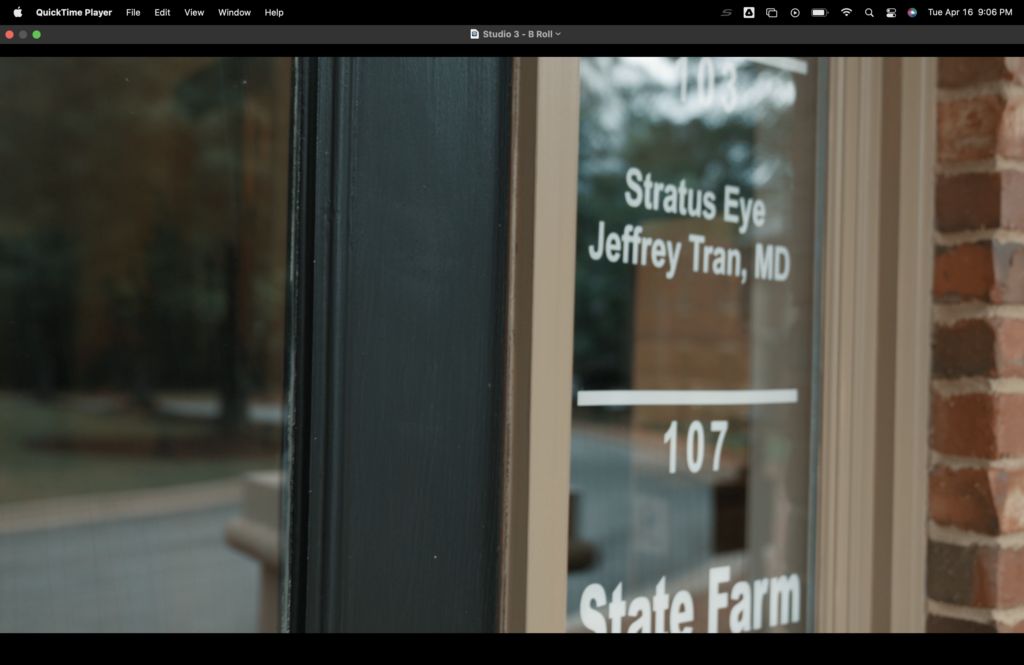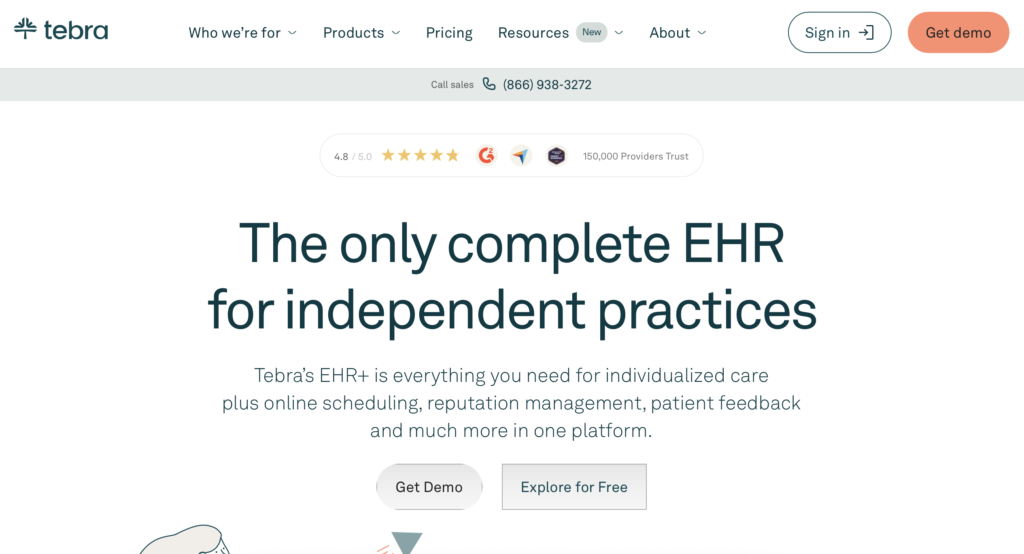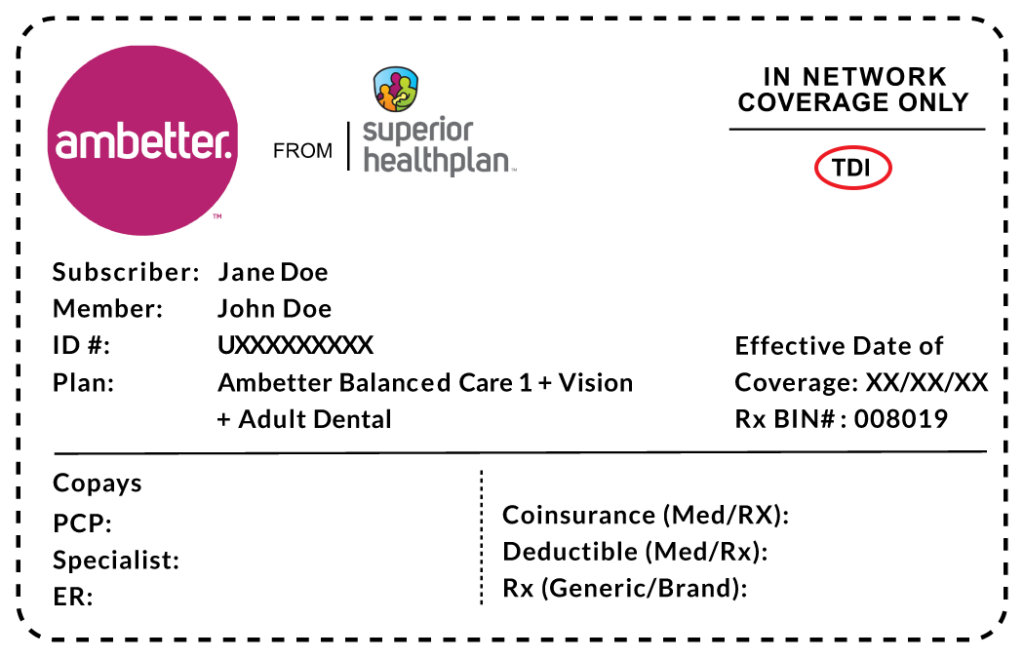Table of Contents
As a private practice owner, you’ll eventually reach a fork in the road: do you stay lean and solo, or scale up with associates, satellite clinics, and support staff?
This decision isn’t just about income. It’s about lifestyle, stress, time, and long-term value. Let’s break down the solo lean model vs. the entrepreneurial growth route—and how to decide when (and how) to hire your first associate, part-time or full-time.
The Solo Lean Model: Simplicity and Control
The solo lean model centers on efficiency. You keep overhead low, run a tight ship, and see every patient yourself. It’s ideal for new practices or owners who prioritize autonomy.
Pros:
- High Profit Margins: With minimal payroll and expenses, you keep a higher percentage of collections—often 40–60%.
- Simplicity: No staff drama, no associate management. You focus on clinical care and operations.
- Control Over Culture: Every patient interaction reflects your values and standard of care.
- Faster Break-Even: Lean practices often reach profitability within the first 6–12 months.
Cons:
- Income Ceiling: Your revenue is capped by your own time. Even at full capacity, most solo providers top out around $600k–$900k in annual collections.
- Time-Intensive: If you’re not in clinic, you’re not earning. Time off equals lost income.
- Limited Scalability: You can’t grow without either working more or changing the model.
The Entrepreneurial Growth Model: Scaling Through People
This model treats your practice like a business asset. You build a team—providers, staff, and infrastructure—so the business can grow beyond you.
Pros:
- Higher Income Potential: A well-run practice with 2–3 associates can generate $2M–$3M+ in annual collections. You may net $100k–$200k per associate.
- Geographic Reach: You can serve more patients across multiple zip codes.
- Exit Value: Multi-provider practices are far more attractive to buyers or private equity.
- You Buy Time: With a team, you can reduce your clinical load while maintaining income.
Cons:
- Higher Overhead: Payroll, space, marketing, and management costs rise sharply.
- HR and Legal Complexity: You’ll need contracts, compliance protocols, and systems to manage people.
- Risk of Burnout (from Managing, not Practicing): Leadership takes a different skill set than clinical care.
Part-Time Help: The Bridge Between Solo and Scale
Before hiring a full-time associate, consider part-time support. It’s a low-risk way to test demand, improve your schedule, and extend services.
Ideal Roles for Part-Time:
- Optometrists or PAs for overflow or niche services (e.g., dry eye, post-ops)
- Scribes or techs to improve flow and let you focus on doctor-level tasks
- Specialists (e.g., retina or glaucoma) for 1–2 clinic days/month
- Admins to handle billing, marketing, or HR tasks off your plate
Pros:
- Lower Financial Commitment
- Flexibility in Scheduling
- Easy to Scale or Phase Out
- Access to a Talent Pool That Prefers Flexible Hours
Cons:
- Limited Availability
- Still Requires Onboarding
- Harder to Build Continuity with Patients
- May Take Longer to Break Even on ROI
If you’re consistently booked 3–6 weeks out or turning away patients, part-time help could be your next step.
When to Hire Your First Associate
A full-time associate is a bigger commitment—but also the clearest path to meaningful growth.
Here’s how to know you’re ready:
- You’re Seeing 20–25 Patients/Day, 4–5 Days/Week
- Next Available Appointment Is 3+ Weeks Out
- You’re Collecting $700k–$900k Annually Solo
- You Have 3–6 Months of Expenses Saved
- Your Brand Has Demand Beyond Just “Dr. You”
Keys to a Successful Hire:
- Create a clear comp model (e.g., 30% of collections, tiered bonuses)
- Use a trial period or start part-time
- Define roles: Will they build their own panel? Cover your overflow? Run a niche clinic?
How Dentists Do It—and What Doctors Can Learn
Dentists often hire their first associate earlier than physicians. Why?
- Lower Per-Visit Revenue but Higher Volume: Dental practices can’t afford to turn away new patients or extend waits.
- Business Education: Dental schools often teach practice management, while med schools largely ignore it.
- Clear Compensation Models: Associates know they’ll earn 25–35% of collections from day one.
- Procedure Delegation: Hygienists and assistants extend production beyond the dentist’s hands.
Medical practices can adapt this by:
- Thinking of clinical time in terms of production per hour
- Hiring support staff to offload non-physician tasks
- Embracing performance-based associate compensation early
Scaling with Satellite Locations
One of the smartest ways to grow—especially in underserved areas—is to open satellite clinics. Here’s how to do it right:
Step-by-Step Satellite Setup:
- Identify Patient Demand: Is there unmet need in another zip code? Referring PCPs without local specialists?
- Start Lean: Consider 1 day/week coverage with yourself or a part-time associate.
- Use Shared or Rented Space: You don’t need to build a 5-lane office to start. Even subleasing a room can work (with a simple use agreement).
- Credential Separately: Make sure your billing, EMR, and malpractice are set up for the new location.
- Gradually Add Days/Staff: Let demand lead the expansion.
Satellite offices can boost your patient base, diversify your referral sources, and act as feeder clinics for your main location.
Conclusion: Choose Your Path with Intention
There’s no one right way to grow a practice.
Choose the solo lean model if:
- You want low stress, high margins, and control
- You’re early in your career and still mastering operations
- You enjoy clinical care and don’t want to manage people (yet)
Choose the entrepreneurial model if:
- You’re ready to lead, mentor, and delegate
- You want to scale income beyond your clinical hours
- You’re building an asset for future sale or legacy
Use part-time hires and satellite clinics as stepping-stones. These allow you to test demand, improve systems, and build the infrastructure for long-term growth.
Start small, stay smart—and evolve your model as your goals change.



